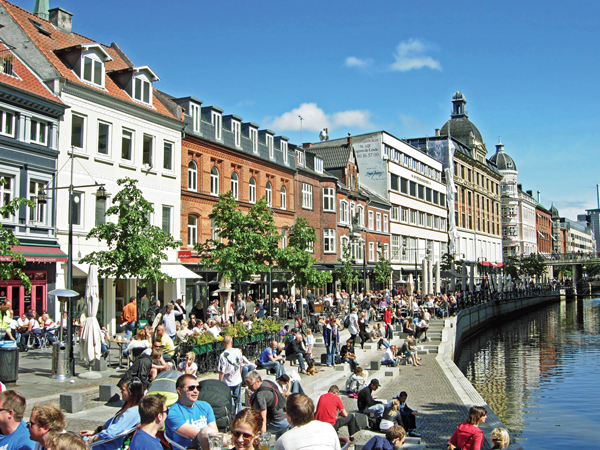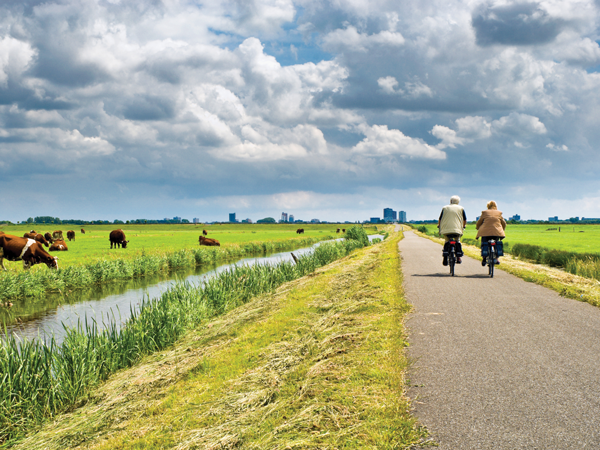The number of people worldwide over age 65 is projected to double to 1.6 billion, or 17 percent of the population by 2050, according to the National Institutes of Health.
In the United States alone, there will be more than 98 million seniors by 2060, more than double today’s 46 million.
How countries deal with this exploding population of senior citizens is crucial to the health of the seniors and the countries, says Columbia University’s Mailman School of Public Health and the University of Southern California Schaeffer Center for Health Policy & Economics.
The two universities have developed a barometer that measures how countries are adapting to this dramatic increase. The Index is composed of specific measures across five social and economic factors that reflect the well-being of older people that can be followed over time and used to compare nations. The index assigns a number on a 100 point scale based on where the countries place for the five factors.
The research, entitled The John A. Hartford Index of Societal Aging, ranks 18 developed countries on five characteristics of their senior populations:
• Productivity and engagement – Measures connectedness within and outside the workforce.
• Well-being – Measures the state of being healthy.
• Equity – Measures gaps in well-being and economic security between the haves and have-nots.
• Cohesion – Measures across generations and social connectedness
• Security – Measures support for retirement and physical safety.
Following are the 10 countries doing the best job of preparing for the aging population, according to the Hartford Index. The categories of productivity and engagement and well-being are overweighted in determining the rankings.
10. Spain

The land of the running of the bulls earned the top spot for security and the third for well-being.
9. Finland

The land of the northern lights ranked fourth for equity and sixth for well-being.
8. Germany

Home to Oktoberfest and beer halls, Germany ranks sixth for security and cohesion.
7. Denmark

The land of the iconic Little Mermaid earned the second spot for equity and the third for cohesion.
6. Ireland

The land of leprechauns ranks first for cohesion.
5. Japan

This land of shrines and temples earned the top sport for well-being and is second for productivity and engagement.
4. Netherlands

Tulips and windmills abound in the country that ranks second for security, third for equity and fourth for well-being.
3. United States

The land of the Empire State Building and the Grand Canyon comes in first for productivity and engagement and fourth for cohesion.
2. Sweden

Sweden, with thousands of coastal islands and inland lakes, comes in second by being in the top five for productivity and engagement, well-being and equity.
1. Norway

This Scandinavian country earned the number one spot for seniors by being first for equity and fourth for security.








